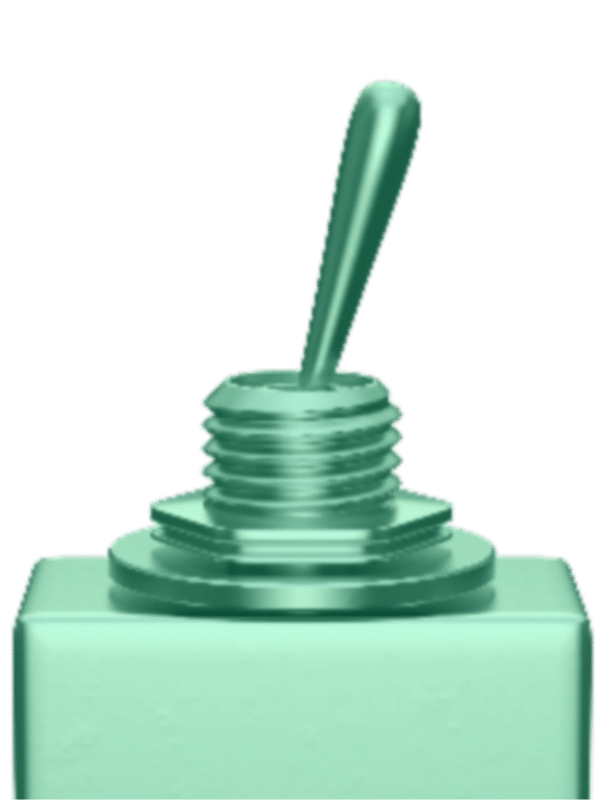Getting current with past due debts is one of the most urgent tasks for you to take care of, pretty much before you do anything else.
I’ve talked about how to pay off debt. That’s that “debt snowball” thing you keep hearing me talk about. It’s the most motivating way to pay off debt (which means it’s the most likely to succeed).
I’ve also talked about the one thing you need to do before paying off your debt, and that’s—of course—stop accruing more.
But there’s actually one other step you need to take before starting to tackle your debts. And it needs to happen before anything else.
You need to become current on your debts.
Table of Contents
Get current
Getting current means that you have to be up to date, not in arrears, not past due, no “back payments” needed. (There are lots of ways to talk about it.)
You can’t start to do a debt snowball or anything like that until you’re current.
Why you need to be current
Being behind in your payments is a more urgent situation than just having a lot of debt.
Depending on the type of debt, the amounts, and how far behind you are, it can cause serious disruptions to your life.
For example, some debts can lead to wage garnishment, wherein your employers can deduct payments from your actual paycheck. (Note that this doesn’t always require a court order, though it often does.)
Also, should you become behind on your mortgage payments, your bank can eventually foreclose on you, which is not something I wish on anyone.
Being behind on debts can lead to involvement with the legal system, but it also can lead to being harassed by debt collectors. Not fun.
What to stop doing
If you are behind on your payments, the first thing you need to do is figure out which debts are behind, and by how much. You also want to determine whether the debt has been sold to a collections agency.
Next, you need to treat this as an emergency. This means that all non-essential spending must cease until you’ve gotten current. (The debt doesn’t need to be paid off for the emergency to cease, you just need to be current.)
Pay the minimums on all other current debts. If you have deductions with your job for things like a retirement account, pause them.
If you have enough money by pausing non-essential spending to get current, then great, but you might not.
What to start doing
Once you’ve figure out what you need to do to get current, and you know what you have to throw at it, you want to make a plan. How soon can you become current? If you’re behind by $500, and you have $200 a month to throw at it, then you will be current in three months.
Write out your debts that are behind, and write out the money you have to allocate to them. You can use the pro-rata method, which means that if one amount is twice as large as another, you can pay twice as much toward that one. That way, all your creditors see that you haven’t abandoned your debts that are behind.
Communicate
Beyond this, the most important part of getting current with debts is to be communicative.
So this means contacting your creditors, letting them know what your situation is, and what you’re prepared to do about it. Creditors differ, but many of them just want to know that you’re making a good faith effort.
You can also ask to get on a payment plan, where you and they agree on a certain way to become current. And in some cases, you could agree to a settlement, wherein you pay a certain amount less than what is owed, and they agree to call it good.
In all cases, make sure you get these agreements in writing though, and whatever you do, don’t ever give them your bank account information.
Secured versus unsecured debts
Secured debts are things like car loans and mortgages. They have stuff attached to them.
Creditors are usually not especially into harassing you for these, because they can just take the collateral if necessary.
Meanwhile, the unsecured debts, things like credit cards, can be way more of a pain. Creditors may hound you mercilessly, because they don’t really have much recourse otherwise.
In the U.S. there are strict laws that determine what a debt collector can and can’t do, and you have lots of rights in this arena. Check out the Consumer Financial Protection Bureau for more details on your rights.
In general, I would prioritize secured debts over unsecured debts. My thinking is: worry more about the bite than the bark, you know?
Make a plan
Being behind on your debts is a scary and stressful experience. It would be understandable to feel overwhelmed.
That said, don’t hide from this problem; it is not going away. Plus, hiding from it is only going to make things worse.
It is possible to become current again, and you don’t need to file bankruptcy to get there. It just takes being intentional and doing some hard work.
Think of this like the “zeroth step” to becoming wealthy. Once you’re current, you can make a plan to pay down your debts. Once you pay them down, you’ll have more money for other parts of your life. Once you have that, you’ll have more money for savings, and then investment for the future, and so forth.
Follow the financial number line. You can do this.



